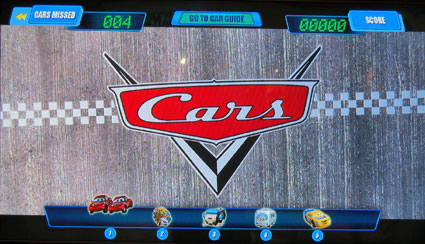I’ve written about the rapid adoption of Blu-ray before, but as prices continue to drop for all aspects of Blu-ray devices from recording to playback, it’s really on the rise now. In fact a study shows that first quarter 2009 Blu-ray player sales has already surpassed Q1 2008 by a whopping 72% with over 400,000 units sold, even in a down economy.
The rapid infusion of Blu-ray players is primarily attributed to the influx of HDTV capable TVs, video cameras, recording equipment, Sony’s Playstation 3, duplicators, BD-R media, etc. as well as the rapid decrease in pricing for all of these items. The price of Blu-ray players has dropped an astounding 34% in that same time period. With the decreases in prices for Hi-Def related products needed to produce or view these large format video, it’s the perfect environment for this format to thrive and expand.
In my opinion, the downturn in the global economy played a large part for the rapid decline in pricing. As most everyone knows, most electronics are made in China, Taiwan, or Korea. Even Japanese products are made in these locations with strict adherence to the Japanese company’s standards and parts. In order to keep prices low, those production facilities need to offset costs through volume. So when supply exceeds demand, the manufacturers can only do two things, reduce production or lower prices. Decreasing production would raise costs on material further increasing the price, so their only option is to lower pricing.
When customer confidence is at a record low, then consumers are far more frugal when it comes to their purchases. But even at our lowest point, there is still significant commerce taking place and those that can navigate the market and price their products appropriately can not only survive but thrive in these times. Hence, Blu-ray becomes cheaper and more consumers feel the upgrade to Hi-Def is worth the added expense (now that it’s overall cheaper) which catapults Blu-ray sales. Then as the economy improves, the price reductions will slow to a normal attrition but the pricing will already have reached that magical point where consumer’s feel the product is a bargain and worth purchasing.







